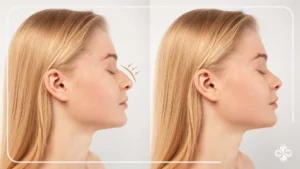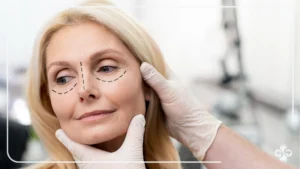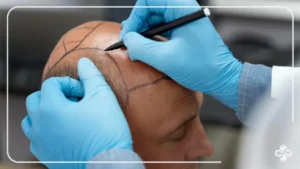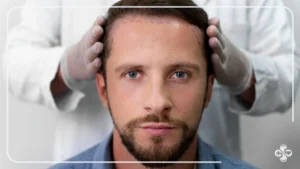Introduction
When can you exercise after a hair transplant? This common question is at the forefront for many seeking hair restoration to enhance their appearance and boost self-confidence. A hair transplant is an advanced treatment for hair loss, yet it is only the beginning of a journey. Post-operative care is crucial to safeguard your transplanted follicles and ensure lasting, successful results. In this article, we provide a comprehensive guide addressing exercise timelines after the procedure, along with expert tips for a safe and effective recovery.
Table of Contents
- The Importance of Post-Transplant Care
- How Exercise Impacts Recovery
- Your Recovery Timeline
- Recommended Exercises Post-Transplant
- Exercises to Avoid
- Essential Recovery Tips
- The Value of Medical Consultation
- Conclusion
The Importance of Post-Transplant Care
A hair transplant is not the final destination—it marks the start of an essential recovery phase. Immediately after surgery, your scalp begins a delicate healing process. Proper post-transplant care helps protect the newly implanted follicles, ensuring they settle properly. Neglecting the aftercare instructions provided by your doctor may compromise the transplant’s success. Consistent care is key to achieving the long-term results you desire.
For additional insights on proper post-transplant care, please visit this article.
How Exercise Impacts Recovery
Exercise is renowned for its overall health benefits, including improved circulation and stress reduction. However, immediately after a hair transplant, intense physical activity can disrupt the healing process. Excessive sweating may irritate the healing scalp, while vigorous movements or high-impact activities could disturb the fragile implanted follicles. Moreover, elevated blood pressure during strenuous exercise might negatively affect the treated area.
It is important to understand that resuming exercise must be done gradually, following a carefully planned recovery timeline that supports both your general health and the stability of your transplant.

Your Recovery Timeline
Returning to exercise after a hair transplant depends on your personal healing progress. Every patient recovers at a different pace, so a flexible yet structured plan is essential. Below is a detailed timeline that addresses, “When can you exercise after a hair transplant?”
Week One: Complete Rest
During the first week after your transplant, complete rest is imperative. Your scalp is extremely sensitive during these initial days. It is vital to avoid any form of physical exertion, even light activities, as they may disturb the newly implanted follicles. You should also sleep in a position that minimizes contact with your scalp to prevent friction.
Key recommendations for week one:
- Refrain from any physical activity.
- Sleep in a way that keeps the transplanted area protected.
- Avoid situations that trigger heavy sweating.
Weeks Two to Three: Gentle Activity
Once the initial healing has set in, typically during the second and third weeks, you can slowly introduce gentle activities like walking. This light exercise helps improve blood circulation without stressing your scalp. However, it remains important to steer clear of environments that are overly hot or humid, which might increase perspiration.
During this phase:
- Engage only in light, non-strenuous activities.
- Avoid exercises that could strain your body or disturb the transplant.
- Follow your doctor’s specific advice regarding the gradual reintroduction of movement.
At this stage, while your overall recovery is progressing, you should still answer the question, When can you exercise after a hair transplant? with caution by limiting your activities.
After One Month: Introducing Moderate Exercise
After the first month, as your scalp shows signs of partial recovery, you can begin moderate exercise. Activities such as cycling, brisk walking, or light cardio become suitable options. These exercises help maintain overall fitness without applying excessive pressure on your healing scalp.
During moderate exercise:
- Avoid any movement that might cause significant head vibrations.
- Monitor your body for any discomfort or unusual sensations around the transplanted area.
- Continue adhering to your physician’s guidelines regarding exercise intensity.
After Three Months: Resuming Vigorous Workouts
By the three-month mark, many patients find that their scalp has healed sufficiently to resume more vigorous workouts. This can include heavy weightlifting or running longer distances. However, it is essential to receive clearance from your doctor before ramping up the intensity. Even at this stage, caution is advised to avoid any undue stress on your scalp.
Important points for this phase:
- Confirm with your healthcare provider before engaging in intense exercise.
- Be alert for any signs of scalp stress or discomfort.
- Maintain a balanced approach to both fitness and recovery.
At this point, the answer to When can you exercise after a hair transplant? becomes clear: after three months, you may resume vigorous activities—provided you continue to protect your scalp.
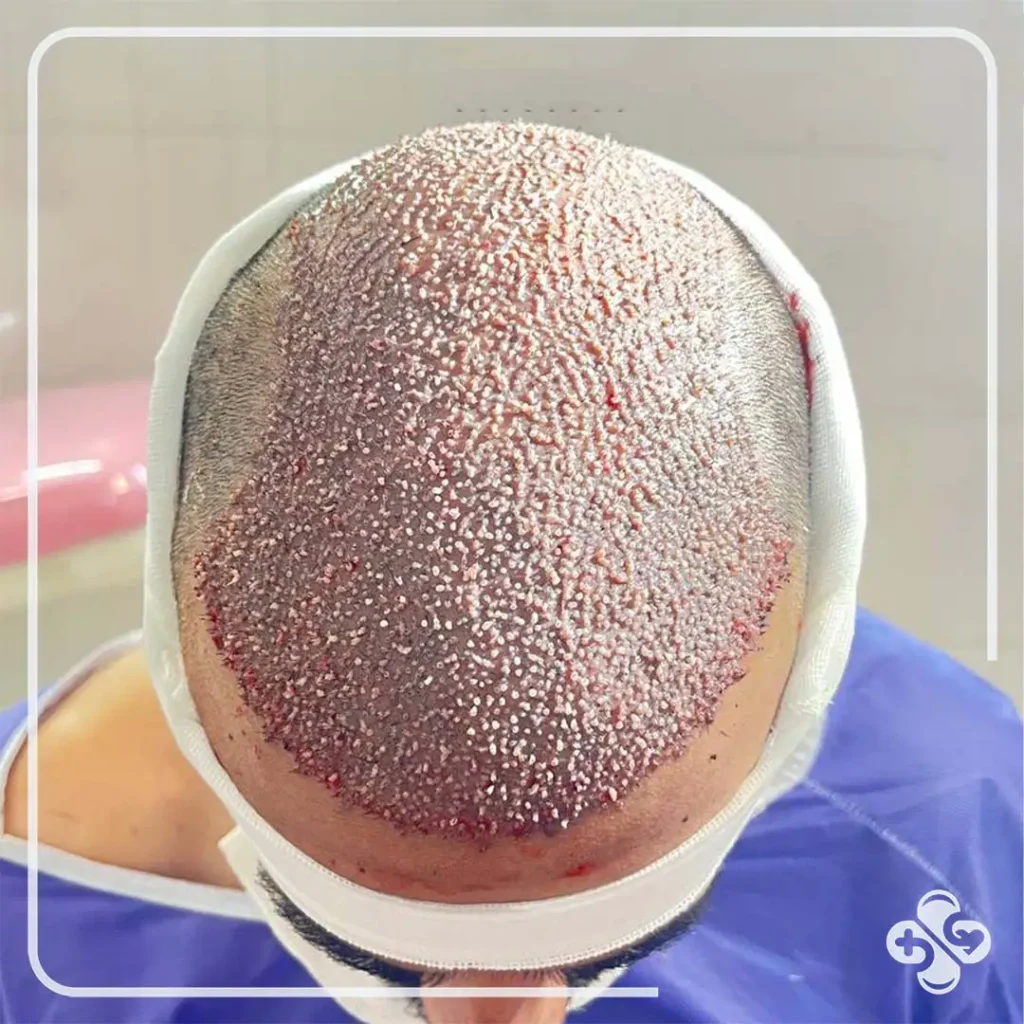
Recommended Exercises Post-Transplant
Here are some safe exercise options to consider after your hair transplant:
- Walking: A simple way to boost circulation without straining your scalp.
- Yoga: Helps reduce stress while promoting flexibility and mental calm.
- Gentle Stretching: Maintains muscle elasticity with minimal impact.
- Light Cycling: Offers effective cardiovascular benefits without heavy impact on the head.
Exercises to Avoid
Certain exercises may jeopardize the healing process by placing excessive pressure on the newly transplanted follicles. It is best to avoid:
- Heavy Weightlifting: Can cause undue strain on your scalp.
- Swimming: Exposure to chlorine or contaminated water may irritate the healing area.
- High-Intensity Running: Excessive sweating may hinder the healing process.
- Contact Sports: Activities with a high risk of direct impact (such as boxing or football) should be postponed.

Essential Recovery Tips
Adhering to these practical tips can optimize your recovery after a hair transplant:
- Follow Medical Advice: Strictly adhere to the post-operative instructions provided by your doctor.
- Protect Your Scalp: Use a lightweight cap or headband during exercise to shield your healing area.
- Stay Hydrated: Drinking plenty of water is vital for maintaining scalp moisture.
- Avoid Unapproved Gear: Do not use any sports equipment or headgear until your doctor gives the go-ahead.
The Value of Medical Consultation
Before resuming any exercise routine, it is critical to consult with your physician. Each patient’s recovery process is unique, and professional guidance is essential to determine the safest time to reintroduce physical activity. By following your doctor’s personalized recommendations, you ensure that your exercise regimen contributes positively to your recovery rather than hindering it.
Conclusion
In conclusion, the question When can you exercise after a hair transplant? depends on a carefully structured recovery plan. From complete rest in the first week to gradually introducing light activities, moderate exercise after one month, and finally resuming intense workouts after three months—the key is to progress gradually and follow your doctor’s advice. This approach not only protects your transplanted follicles but also ensures long-lasting and successful results.
If you are considering a hair transplant or seeking a unique treatment experience in a safe and comfortable environment, MedTouran is your best choice. We specialize in facilitating medical journeys to Iran, handling everything from accommodation arrangements to providing top-quality medical services in collaboration with the most experienced doctors and specialized hospitals in hair transplantation.
For more information about our services or to get in touch with us, feel free to contact our expert team. With MedTouran, your journey to restoring your hair’s beauty and your self-confidence will be a smooth and worry-free experience.




